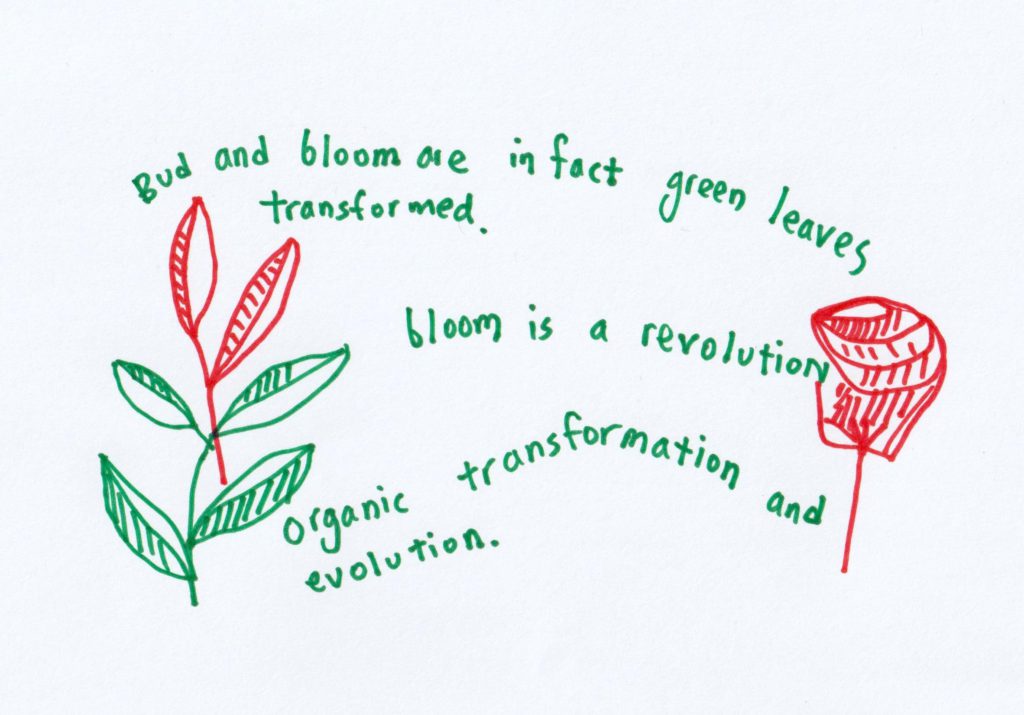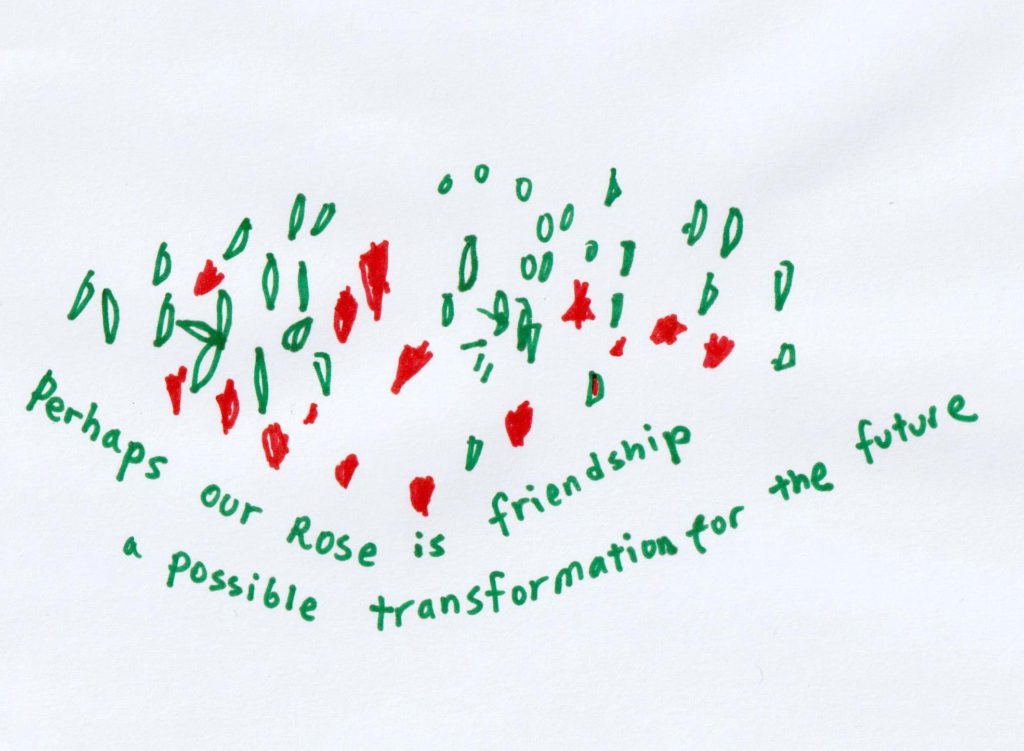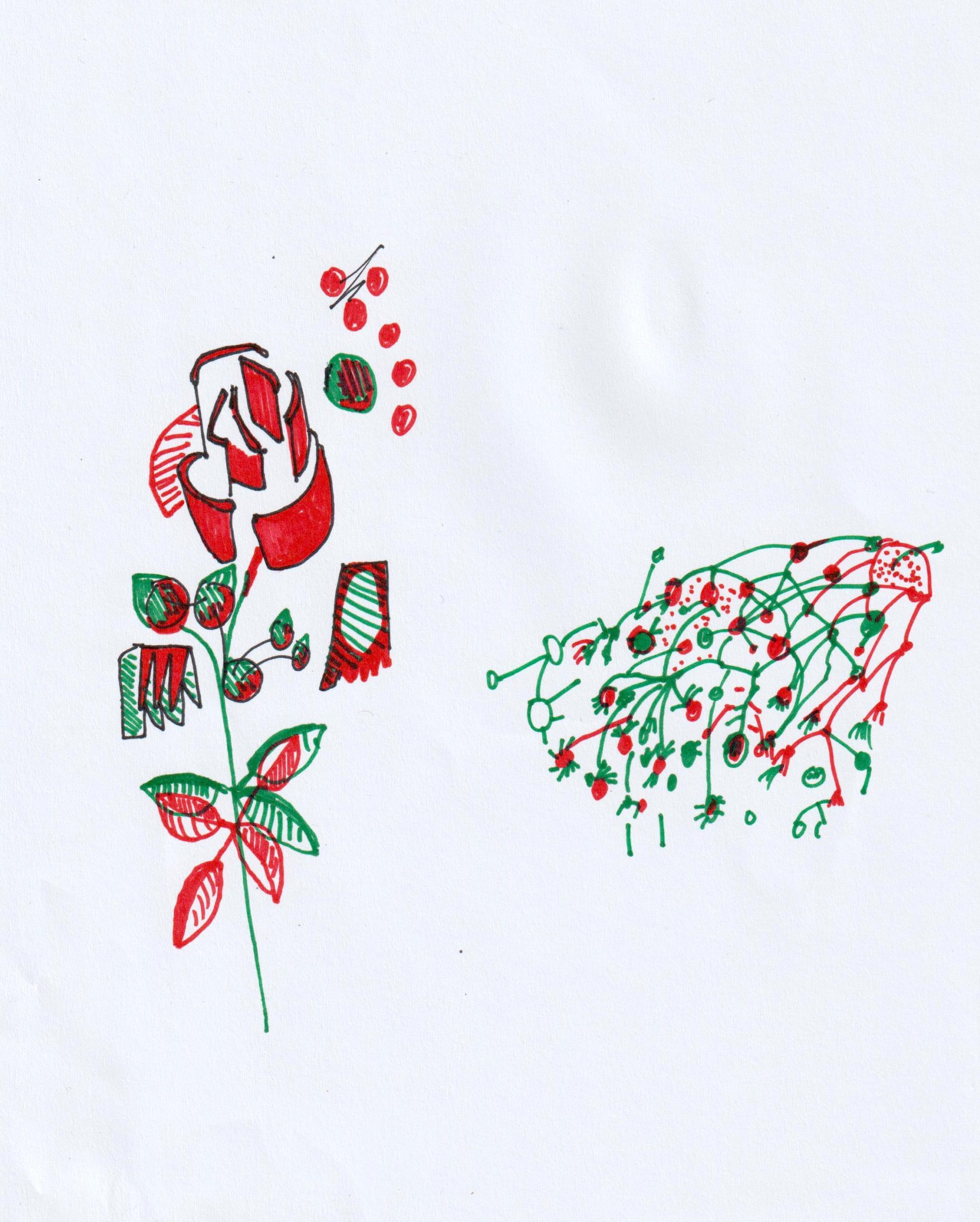At the Kick-Off Meeting, Mizuki Takahashi, the artistic director of beuys on/off asked me and Taeyoon Choi a question. “Do you think Beuys was a good educator? If so, why? If not, what do you envision as a good educator?” My answer was; “Definitely yes. It is simply because he believed in the creative potential of — not just students but all human beings — and their intuition, inspiration and imagination.”
When I was a teenager, I found it difficult to be a student of the compulsory education system in Korea. I empathise with Hans Giebenrath, the protagonist of Hermann Hesse(1877-1962)’s semi-autobiographical novel, Beneath the Wheel (1905) . Hans was named after Hesse’s younger brother who committed suicide and Hans’ story reflects Hesse’s traumatic experience to be expelled from seminary. Although my experience was not exactly the same as theirs, I was also told and kept telling myself something like the headmaster’s advice to Hans. “That’s the way, that’s the way, my boy. Just don’t let up or you’ll get dragged beneath the wheel.”
Back then, students had to arrive at the classroom before 8:00 in the morning. A male teacher with a cane was standing at the gate and late-comers were spanked. One day, I arrived at the gate just before 8:00. Looking at the girls in the same uniform as mine desperately rushing to the gate, suddenly I stopped. I turned back and started walking in the opposite direction from the school. Except for this moment and my mother’s messages in tears arrived at my beeper, I do not have memories of the day. It was a small but spontaneous resistance to ‘the wheel.’
Life is not easy but interesting. Almost two decades later, I am teaching contemporary art and media in the neighbouring country. My exploration in various disciplines started by an encounter with an artist named Nam June Paik and led me to Graduate School of Film and New Media, Tokyo University of the Arts where I graduated from with a doctoral dissertation on social implication of art and media technologies, later published as A Critical History of Media Art in Japan (2014). Here in Japan, most art colleges including my alma mater are independent from universities. Teaching outside of art colleges, I find it challenging and rewarding to question the meanings of art in society with students who have been taught in the education system where art is not included in core curricula for entrance examinations. They tend to identify themselves not with artists but with audiences because they feel art is something distant from their daily lives. In this respect, I am encouraged and inspired by Beuys’s practices to empower people and to extend the concept of sculpture/art to how we shape the world in which we live, rather than the well-known phrases evolved from them, such as ‘every human being is an artist’ or ‘social sculpture.’ And I am grateful to Taeyoon for inviting me to this project that can help me to take a step forward to what Gayatri Chakravorty Spivak called on.
I believe the teacher, while operating within the institution, can foster the emergence of a committed collectivity by not making her institutional commitment invisible: outside in the teaching-machine[1].

Summer School of Unlearning is now slowly opening up a channel for sharing thoughts and experiences about learning and unlearning with people from Korea, Kyrgyzstan, Kazakhstan and Japan. Unlike athletes of the olympics, each node is not representing its own country and participants are invited to become friends with whom we never expected to get to know. If you think this idea too romantic, let me remind you of Beuys’s Rose for Direct Democracy[2], displayed throughout the hundred days of documenta V in 1972. Beuys left a comment on it; “Bud and bloom are in fact green leaves transformed. So in relation to the leaves and the stem the bloom is a revolution, although it grows through organic transformation and evolution.[3]” Perhaps our ‘Rose’ is friendship, a possible transformation for the future, to recover our relationships with the world after this pandemic[4].

[1] Gayatri Chakravorty Spivak, Outside in the Teaching Machine, New york, Abingdon: Routledge, 1993/2009, p.331
[2] https://walkerart.org/collections/artworks/rose-fur-direkte-demokratie-rose-for-direct-democracy
[3] Caroline Tisdall, Joseph Beuys, New York: The Solomon R. Guggenheim Museum, 1979, p.273
[4] The title of this article is a quote from the title of lithography on paper taken from a photograph by Wilfred Bauer, showing Beuys at his Information Office for Direct Democracy at documenta V, Kassel in 1972. (https://www.tate.org.uk/art/artworks/beuys-we-wont-do-it-without-the-rose-because-we-can-no-longer-think-p07596)
- License:
- CC-BY-NC-ND
